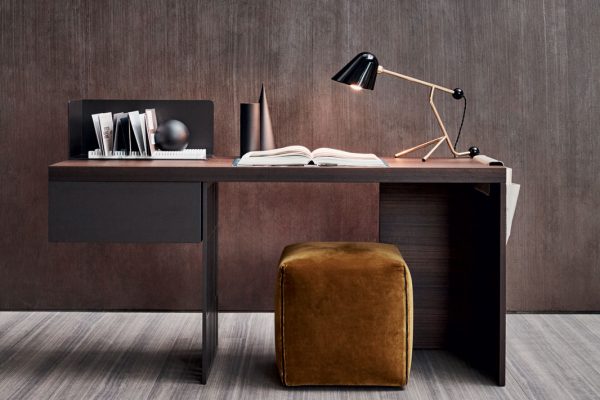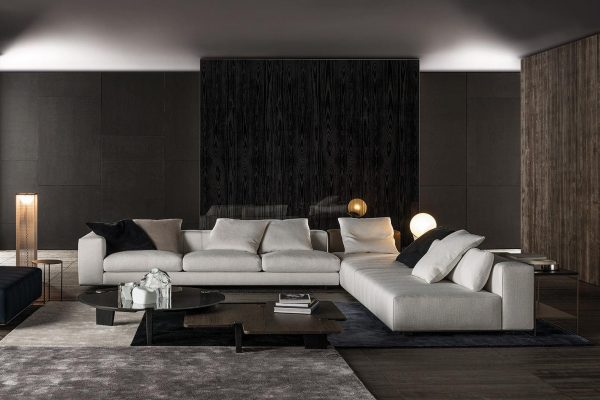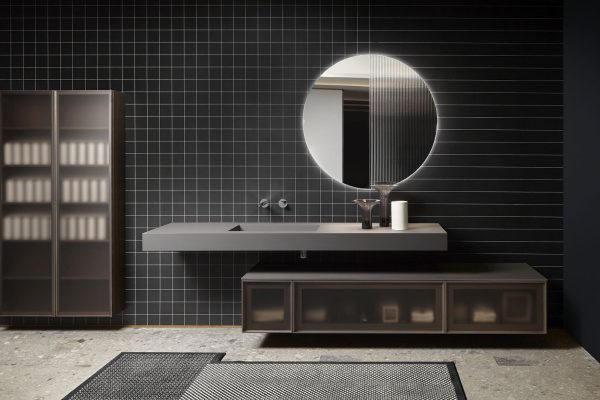Give character to a room with the most popular designer bookcases
Making the rooms of a home places with a strong personality and a well-defined identity is possible by choosing furniture elements that can know how to write a new story within the homes. For each area, a special space can be recreated, suited to the needs of those who live it every day and able to take the feeling of being at home a quantum leap forward.
One way to enhance and give character to a room is certainly the use of famous designer bookcases that, with their bold and never trivial lines, the expression of a unique style, change the face of the corners in which they are placed. It is the function of design in the minds of those who designed it, artists always looking for the perfect combination of utility and beauty.
A leading company and two names for two great projects with an unmistakable and inimitable design: Franco Albini creates for Cassina the Infinito bookcase that contains within it infinite compositional possibilities, while Vico Magistretti signs Nuvola Rossa, an iconic bookcase where the play of shapes is elegant and timeless.
Brightness is also character. Space then is given to the insights into light suggested by Artemide: The Tizio is a revolutionary and courageous lamp.
Furnish and separate with the Infinito bookcase by Albini for Cassina
When thinking about character in the name of dynamism and versatility, the Infinito design bookcase designed by Franco Albini for Cassina between 1956 and 1957 is a truly successful example. Among the popular design bookcases capable of withstanding current trends, Albini’s Infinito is ideal for both furnishing and separating and delineating different areas of the home. It is in fact a very flexible library and can be endlessly combined.
It finds its place both on the wall but also in the center of the room to serve precisely as a dividing element. Its modular and versatile structure is composed of solid wood uprights, adjustable in height up to 3 meters, hinged doors, flap doors and shelves and is made and offered in natural ash, black stained ash or Canaletto walnut finishes. The Infinito does not require wall anchoring, but soars free, light yet solid to furnish a living room, study or other rooms in the home. Thanks to the pressure-fixed uprights it is a double-faced bookcase, usable on both sides ready to accommodate in its shelves books, precious objects that give a touch of originality to the house.
The Infinito is rightly included among the most popular design bookcases because of the endless combinations it gives rise to.
You just have to have imagination and be inspired by good taste.
The light revolution on the work desk born with the Titius
“I like the light falling only on the paper in front of me.”
With these simple words Richard Sapper, the great German designer, tells about Tizio, the table lamp created in 1972 for Artemide.
The story of this iconic object begins with a conversation between Sapper and Ernesto Gismondi, founder of Artemide, who wanted a flexible, space-saving table lamp in line with the needs he had when he was working and that would not force him, as a designer, to stand too close to the reflector. Gismondi also suggested the name: Tizio, an object that could convince and satisfy anyone. And the Tizio has fully succeeded in its task because it is a lamp that looks simple but hides within it a winning combination of technique and design. But not only that. Its shapes resemble those of a contemporary metal sculpture with nylon coverings reinforced by fiberglass.
Structurally, the Tizio is a desk lamp consisting of two pairs of parallel arms that can be adjusted by the user to find the best arrangement of light. The base is the cylinder that contains the transformer on whose surface is applied the switch by which the lamp is turned on with two different light intensities. Two bands support the metal arms that allow the direction of light to be directed, direct and steerable, resulting in a balance of weights and counterweights.
Since its inception, the Tizio has rightfully entered the ranks of the most iconic design objects, a symbol of quality, beauty and functionality, and from being a work lamp it has also become popular to appreciated as an interior furnishing accessory. For a reason that was perhaps simple but revolutionary at the time it was first put into production: it was a work lamp without annoying electric cables. No clutter but only the direct light emanating from a timeless object.
Luxury in essentiality with the Nuvola Rossa bookcase by Vico Magistretti for Cassina
It was 1977 when Cassina decided to trust and rely on the aesthetic vision of Vico Magistretti: hence Nuvola Rossa, the essence of beauty, luxury and simplicity, was born.
Nuvola Rossa is still one of the most famous and popular design bookcases.
It is a bookcase that has personality and is, as in the mind of its creator, an architectural structure that becomes a furnishing complement dictating the final form of the object. The realization stemmed from designs that Magistretti had been pursuing for more than 30 years: a bookcase based on the mechanism of a ladder leaning against the side and that when opened would turn into an Indian tent.
The folding frame is the mainstay of everything because it supports the six shelves of which the bookcase is composed, gives a central role to the hinges, and most importantly, it can also be used as a room divider. Nuvola Rossa is a bookcase without sides that are replaced, Magistretti’s priceless architectural insight, by bracing diagonals. It is available in natural beech or lacquered in black, white, red or Canaletto Walnut.
It is a livable bookcase, with the right shapes, giving familiarity to the environment in which it is placed; it is something essential and indispensable.
Nuvola Rossa is, above all, the personality of its creator who, at a time when design was forgoing mass production and veering toward stylized modes of expression, created not an anonymous and replaceable series but an elegant, ingenious, simple and direct one.
In short, irreplaceable.



